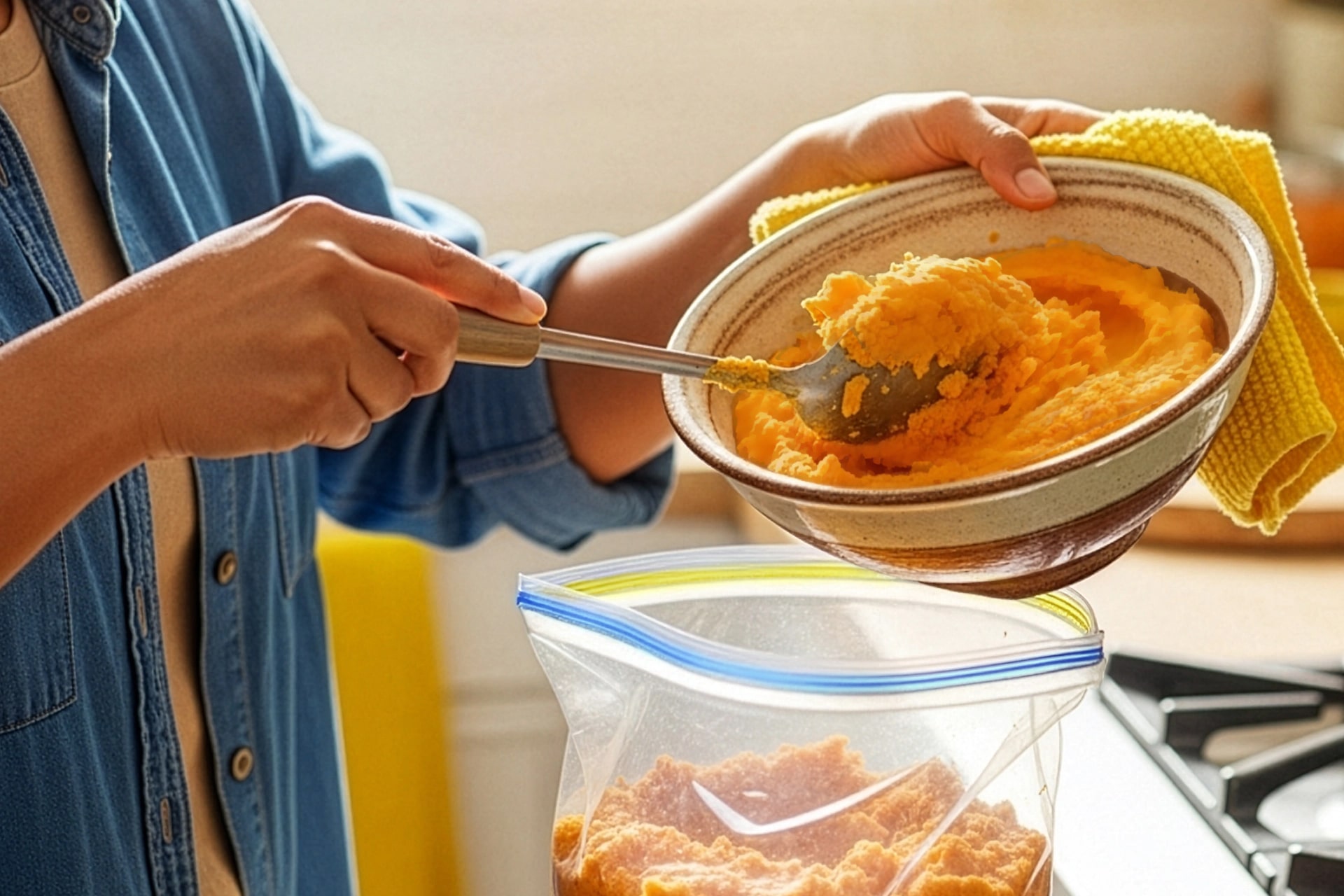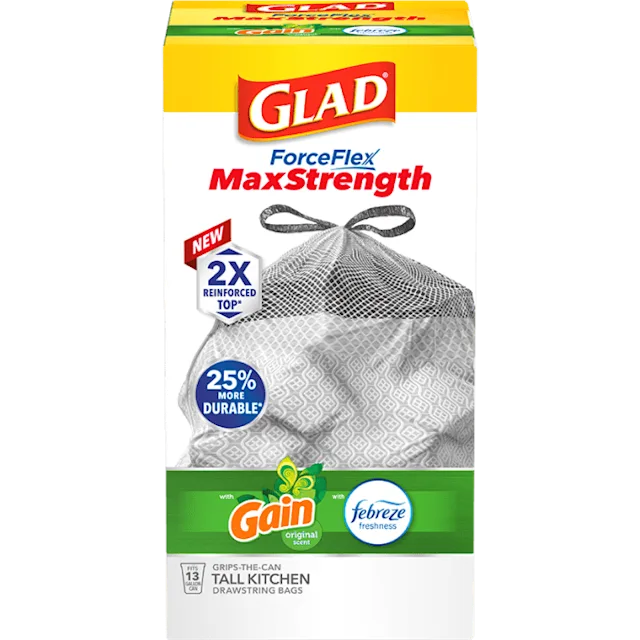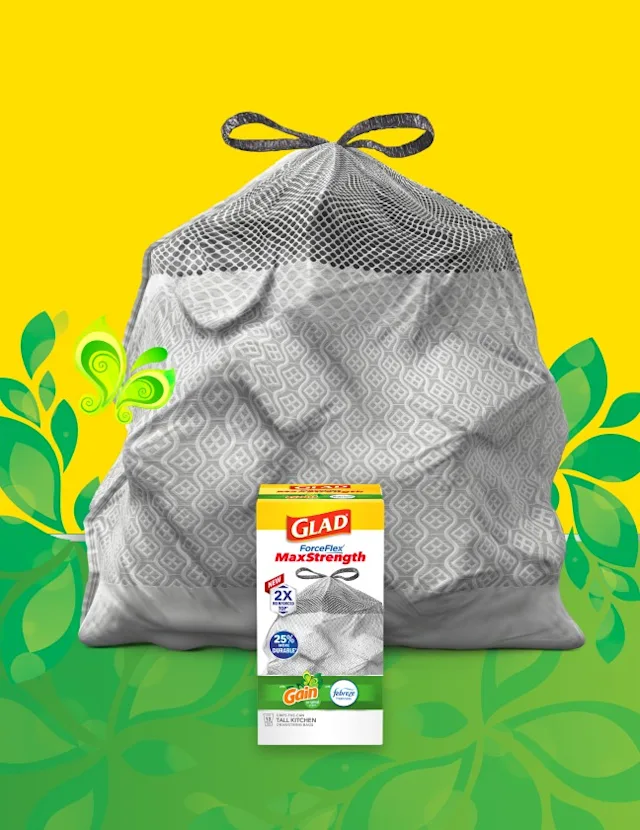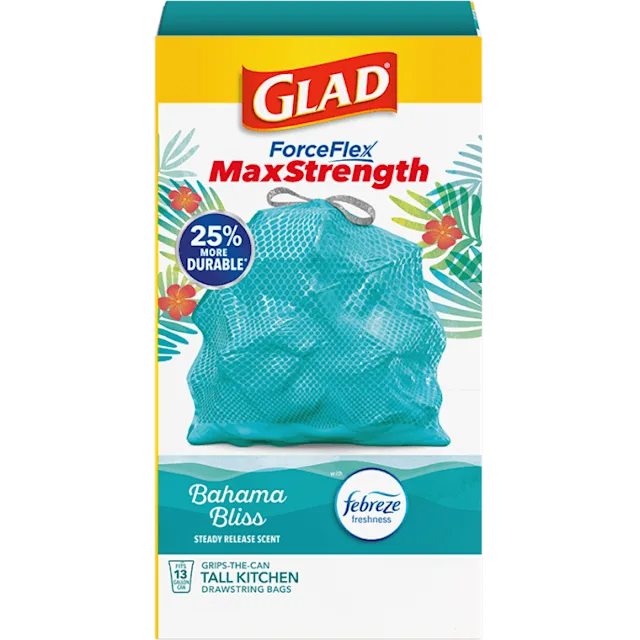- Sweet potatoes are a versatile and flavorful addition to many meals — and they’re easy to store thanks to their long shelf life. Here’s everything you need to know about how long sweet potatoes last, the best ways to store them and how to freeze them properly.
How to Store Sweet Potatoes
There are a few ways to store sweet potatoes to keep them from bruising or spoiling.
Raw Sweet Potatoes:
- Don’t wash before storing: Moisture can lead to rot. Instead, gently wipe off excess dirt with a dry cloth.
- Cure for longer shelf life: Curing sweet potatoes for 1–2 weeks in a warm (around 80°F) and humid (90% humidity) environment enhances their sweetness and helps toughen the skin, protecting them from bruising.

Cooked Sweet Potatoes:
- Seal them up: Place cooked sweet potatoes in a shallow, airtight container like a Glad Food Storage Zipper bag.
- Keep them cold: Store them in the refrigerator for 3 to 5 days.

Where to Store Sweet Potatoes
You'll want to store your raw sweet potatoes in a cool, dry place like a garage, basement or cellar. Avoid keeping your sweet potatoes near other vegetables, as they can speed up ripening.
How long sweet potatoes last in normal room temperature depends on many factors. You can store them in a cool pantry for about 3–5 weeks or in the fridge for 2–3 months.
Freezing Sweet Potatoes
Sweet potatoes have a long shelf life and are commonly stored in the fridge instead of the freezer. In fact, raw sweet potatoes will spoil faster when frozen. You can, however, store baked sweet potatoes or cooked yams in the freezer.
Because sweet potatoes are so popular in many recipes around Thanksgiving, it’s recommended that you store your cooked sweet potato leftovers in the freezer. Whether you’re making mashed sweet potatoes, fries or honey candied yams — your favorite recipes will last longer when frozen.
Here’s the step-by-step process for how to store and freeze sweet potatoes the proper way:
Step 1. Wash:
Wash and peel fresh sweet potatoes with water and a vegetable brush.

Step 2. Boil:
Fill a pot with water and bring it to a boil over high heat. Drop the sweet potatoes in and cook until tender.

Step 3. Prepare:
Mash the sweet potatoes or cut into thin slices. Don’t store the potatoes whole. Sprinkle with lemon juice to avoid discoloration.

Step 4. Seal & Store:
Allow the potatoes to cool and transfer them to an airtight space. For sliced sweet potatoes, cover with Glad® Cling’n Seal™ Wrap or Glad™ Press’n Seal® Cling Film to lock in freshness and keep out unwanted moisture and bacteria. For mashed, using a container such as Flex’N Seal™ Freezer bags will ensure easy storage. Freezing will help them last for 10 to 12 months.

How to Reheat Cooked Sweet Potatoes
You'll want to transfer frozen sweet potatoes to your refrigerator within 2 hours of cooking and keep them at 40°F (4°C) or below.
Whether you use a microwave, oven or stovetop, be sure the sweet potatoes are cooked evenly throughout, reaching an internal temperature of 165°F (74°C) to kill any bacteria. We recommend reheating a frozen sweet potato no more than one time to preserve texture and nutrients.
How to Tell If Sweet Potatoes Are Bad & How to Dispose of Them
Signs of sweet potato spoilage include moldy black spots or mushy texture, sour or musty odors and discolored or shriveled skin. If your sweet potatoes show any of these signs, do not eat them. You can keep spoiled sweet potatoes in Glad® Kitchen Compostable Bags until you're ready to add them to your compost pile or compost bin.
TRASH BAGS FOR YOUR TOUGHEST JOBS— IN AND OUT OF THE KITCHEN


Please enable cookies to shop


Please enable cookies to shop


Please enable cookies to shop


Please enable cookies to shop
























